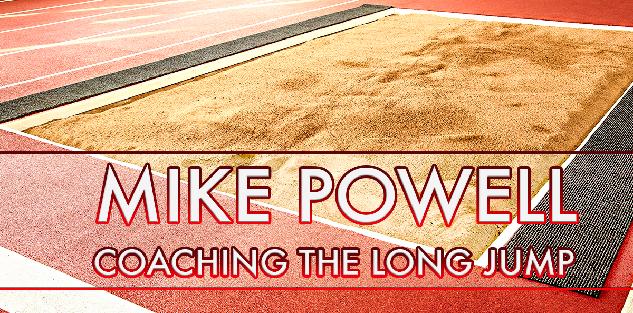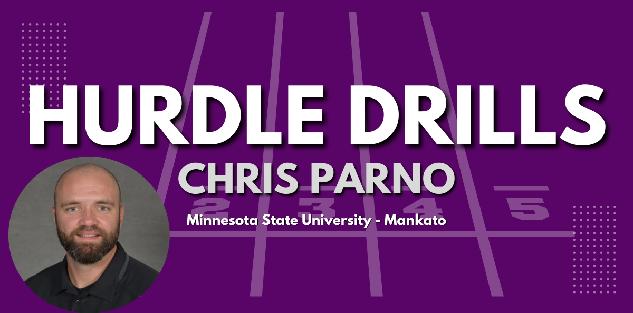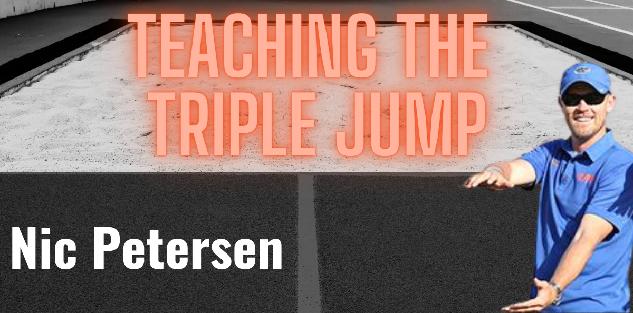Featured courses
- The Ultimate Guide to Coaching Track and Field by Jackson Chlebowy
- How TCU Coach Khadevis Robinson Builds Mental Toughness for Big 12 Track by William Markey
- Two Points of Focus When Coaching and Training Hurdles by Grant Young
- Four Keys to Maximize Winning Potential in a 400m Race by Grant Young
- Three Lessons Every Distance Running Coach Should Know by Grant Young
- Olympic Medalist Jasmine Moore’s Triple Jump Approach Technique Keys by Grant Young
- Build Strong Triple Jump Foundations with 3 Key Drills by William Markey
- Two Cues to Help With Track and Field Relay Handoffs by Grant Young
- Four Shot Put Drills to Help Develop Your Athletes by Grant Young
- Three Training Tips For Coaching 400m Runners by Grant Young
- Four Tips for Teaching the Javelin Throw by Grant Young
- 3 Pole Vault Check Points From Legendary Kansas Coach Tom Hays by Grant Young
- Two Valuable Hammer Throw Training Tips by Grant Young
- 3 Must-Try Offseason Shot Put Drills by William Markey
- Four Essential Tips For Coaching Track Relays and Sprints by Grant Young
- Florida Gators Coach Nic Petersen’s Two Keys for Teaching the Triple Jump by Grant Young
- Three Effective Drills for Improving the Long Jump by Grant Young
- Three Drills for Sprinters That Track Coaches Swear By by Grant Young
- Four Pole Vault Drills All Track and Field Coaches Should Know by Grant Young
- Explosive Track and Field Training to Level Up This Summer by Tyler Rathke
- Throwing Secrets: The Entry by Tyler Rathke
- How to Find an Endurance Athlete’s Proper Training Pace by Grant Young
- The Technique Behind Mykolas Alekna’s Discus World Record by Grant Young
- How to Build a Sprinter's Training Regimen by Grant Young
- How to Teach the Glide Shot Put by Grant Young
- Three Hurdle Drills All Track Coaches Should Know by Grant Young
- How Distance Running Coaches Can Get the Most Out of Their Athletes by Grant Young
- The Technique Behind Mondo Duplantis' Pole Vault World Record by Grant Young
- How to Coach Weightlifting For Increased Speed and Acceleration by Grant Young

Throwing Secrets: The Entry
- By Tyler Rathke
Newton’s 3rd law states: for every action (force) in nature there is an equal and opposite reaction. For this reason, the entry into the middle of the circle might be the most important aspect of rotational throwing technique. Every action in the back of the circle has an equal and opposite reaction as the thrower advances into the latter parts of the throw.
Coming out of the back of the circle starts with an efficient windup. In this clip Tony Ciarelli, //coachtube.com/users/tonyciarelli">Tony Ciarelli, former throws coach at Newport Harbor HS (CA) explains the most important aspects to initiate a successful entry into the middle of the circle.
1. Load the Left Leg
2. Keep Left Arm Inside Left Knee
3. Keep the Knees Apart As Your Turn
4. Chase the Left Side
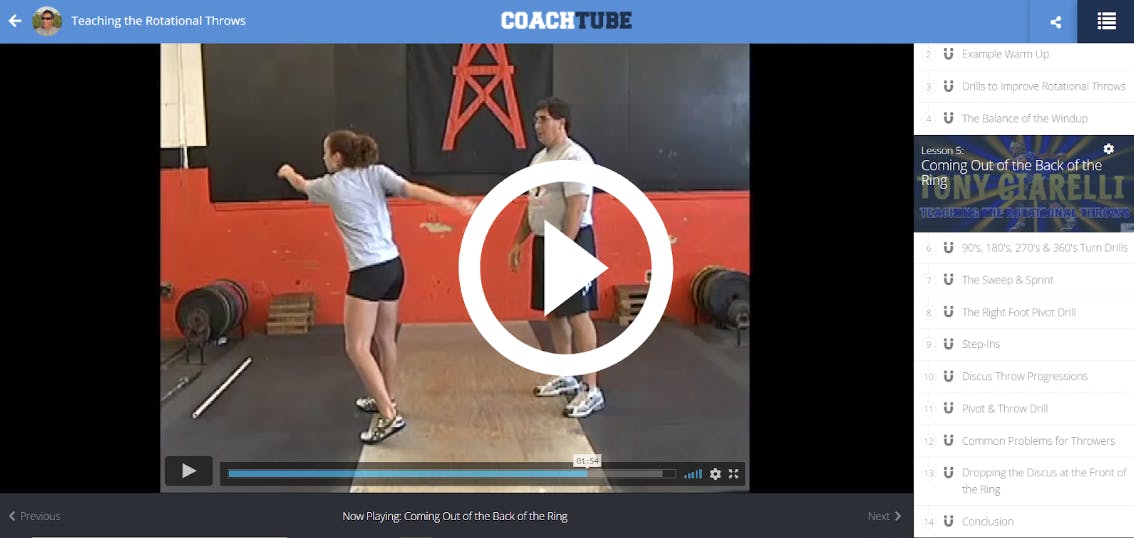
Vesteinn Hafsteinsson,tube.com/users/globalthrowing">Vesteinn Hafsteinsson, a former Iceland discus thrower and now coach of some of the best throwers in the world, explains his belief that all mistakes in the discus throwps://coachtube.com/courses/track-and-field/discus">discus throw come when the right foot leaves the ground. The main job of a coach is to teach the athlete to turn around the left. In the next clip he discusses the main elements and drills necessary to developing a proper entry!
The moment that the right leg comes off the ground the left shoulder is over the left hip.
The left foot must maintain a low heel as it turns
The right foot should never turn in the circle.
The position of the body should reflect a backward ‘C’
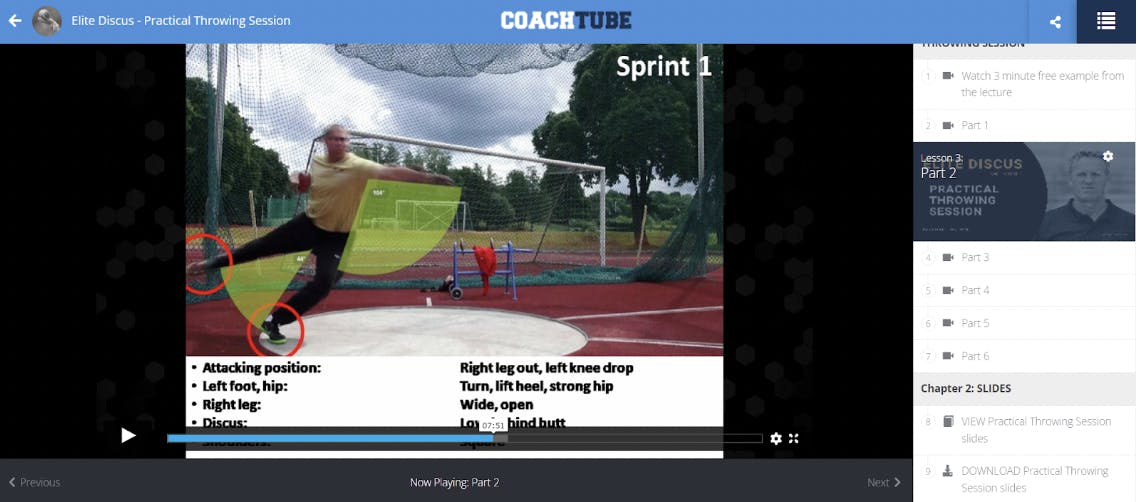
René Sackkttps://coachtube.com/course/track-and-field/discus-technique-by-rene-sack/11958818">René Sackk is a German National Coach and he has two landmarks he likes to look at in the back of the circle to access his athletes. He begins to discuss these topics at 3:00.
The end of the swing or wind up
The takeoff or lift of the right foot
The uniqueness of every athlete creates some challenges in assessment but some tenants will always be true when addressing throwers entry into the circle.
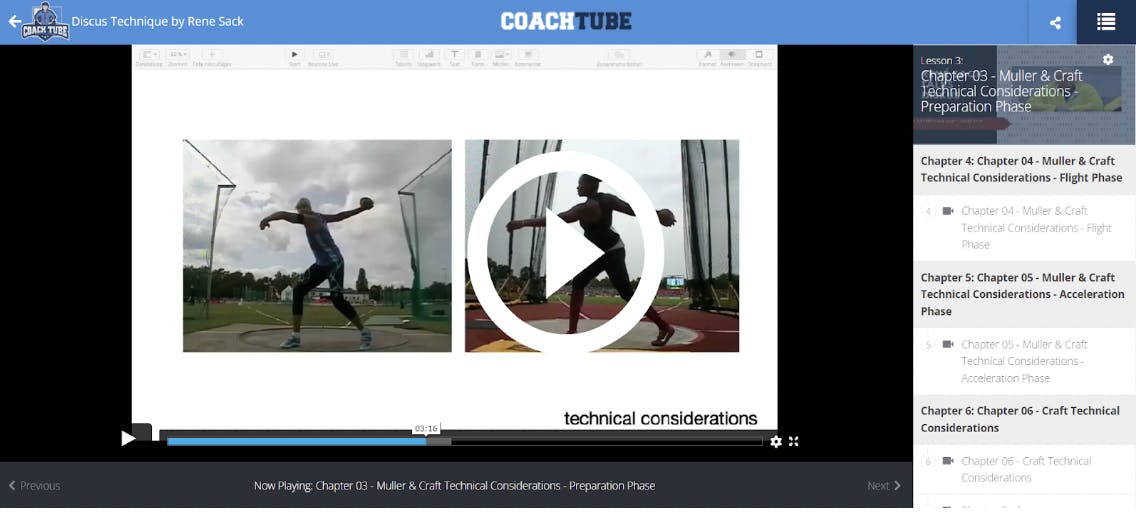
Like a first impression, the importance of the entry and preparation to initiate a throwing attempt cannot be understated. Keep hammering away at the basics in the back of the circle and watch the distances continue to increase!

